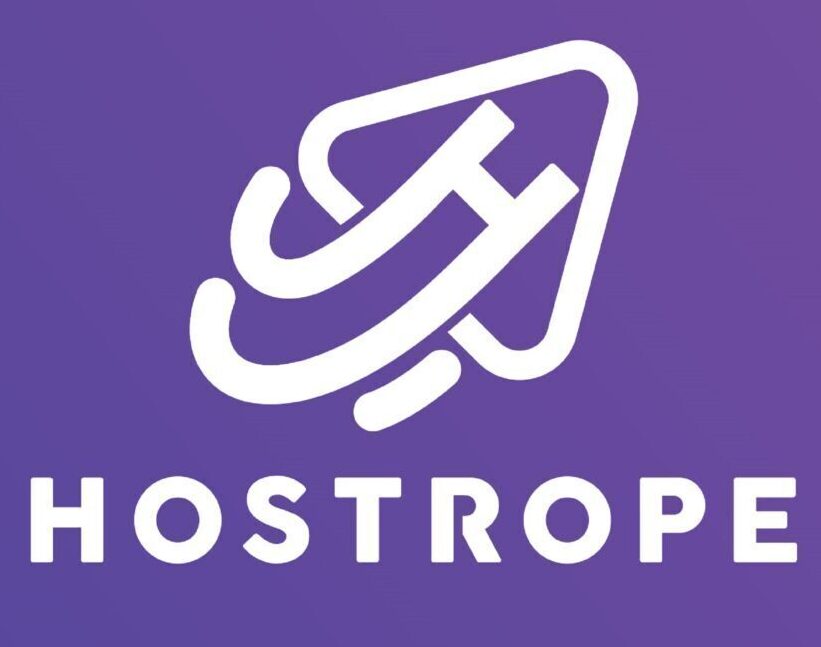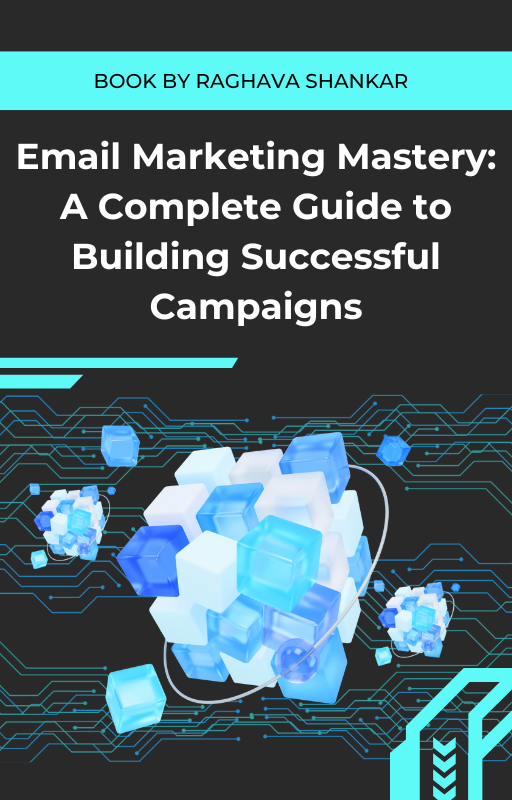Digital marketing is the backbone of eCommerce success. With online shopping becoming the norm, understanding and implementing effective digital marketing strategies can set your eCommerce store apart from competitors. If you’re just starting, this guide will help you navigate the essentials of digital marketing for eCommerce.
1. Understanding Your Audience
Before diving into marketing strategies, it’s crucial to identify your target audience. Knowing who your ideal customer is will help you tailor your marketing efforts effectively. Start by asking:
- Who are they? Age, gender, location, and income level.
- What are their pain points? Identify the problems your products solve.
- Where do they spend time online? Social media platforms, forums, or websites.
Use tools like Google Analytics, Facebook Insights, or HubSpot to gather demographic data and insights.
2. Build a Strong Online Presence
To attract customers, your eCommerce business needs visibility. Here’s how to get started:
a. Create an Optimized Website
- Ensure your website is mobile-friendly and loads quickly.
- Include easy navigation, a clear call-to-action (CTA), and secure payment options.
- Optimize for SEO by targeting keywords relevant to your products. For instance, if you sell eco-friendly products, target terms like “sustainable home goods” or “eco-friendly essentials.”
b. Leverage Social Media
- Choose platforms based on your audience. For example:
- Instagram and Pinterest are ideal for visually-driven products.
- LinkedIn works for B2B products.
- TikTok appeals to younger audiences.
- Post consistently and engage with followers to build trust and brand loyalty.
3. Email Marketing: The Secret Weapon
Email marketing remains one of the most effective tools for eCommerce. Here’s how to get started:
- Build an email list through website sign-ups, pop-up offers, or social media promotions.
- Segment your audience based on behavior, such as first-time visitors, repeat buyers, or abandoned cart users.
- Use email automation to:
- Welcome new subscribers.
- Send personalized product recommendations.
- Recover lost sales with abandoned cart emails.
Platforms like GetResponse, Klaviyo, or HubSpot can help automate your email campaigns.
4. Invest in Paid Advertising
Paid ads can drive quick traffic and sales, especially when you’re just starting. Focus on these platforms:
a. Google Ads
- Run search ads for high-intent keywords like “buy organic skincare.”
- Use Google Shopping ads to showcase product images and prices.
b. Facebook and Instagram Ads
- Target specific demographics or retarget website visitors.
- Experiment with carousel ads to display multiple products.
c. Retargeting Campaigns
Retarget visitors who didn’t complete a purchase using display ads or social media retargeting. This keeps your products top-of-mind.
5. Content Marketing for Long-Term Growth
Quality content helps drive organic traffic, builds authority, and nurtures customer relationships. Here’s how to start:
- Blogging: Write articles around topics your audience cares about. For instance, a fitness store can blog about “Top 5 Workout Essentials for Home Gyms.”
- Video Content: Create tutorials, product demos, or behind-the-scenes videos. Platforms like YouTube or TikTok can amplify reach.
- User-Generated Content (UGC): Encourage customers to share photos or reviews of your products. Share these on social media for credibility.
6. Analyze and Optimize
Digital marketing is an ongoing process. Use analytics tools to track your efforts and adjust strategies for better results. Focus on metrics like:
- Website traffic sources
- Conversion rates
- Email open and click-through rates
- ROI on paid ads
Tools like Google Analytics, Shopify Analytics, and Facebook Ads Manager provide actionable insights.
7. Prioritize Customer Experience
A satisfied customer is your best marketer. Ensure:
- Fast shipping and transparent return policies.
- Responsive customer service via chatbots or live chat.
- Personalized product recommendations and offers.
8. Start Small, Scale Strategically
If you’re overwhelmed by the range of digital marketing strategies, begin with one or two channels. For instance:
- Launch a few social media campaigns and optimize your website for SEO.
- Experiment with email marketing for returning visitors.
As you gain confidence, expand your efforts to include paid ads or influencer collaborations.
Conclusion
Digital marketing is a journey, not a destination. By starting with these basics—understanding your audience, building an online presence, leveraging email marketing, and analyzing your results—you’ll set a strong foundation for your eCommerce success. Over time, fine-tune your strategies to maximize engagement, conversions, and customer loyalty.
Ready to get started? Start small, stay consistent, and watch your eCommerce business grow!













Usually I don’t learn article on blogs, however I wish to say that this write-up very pressured me to check out and do so! Your writing taste has been surprised me. Thank you, very nice article.